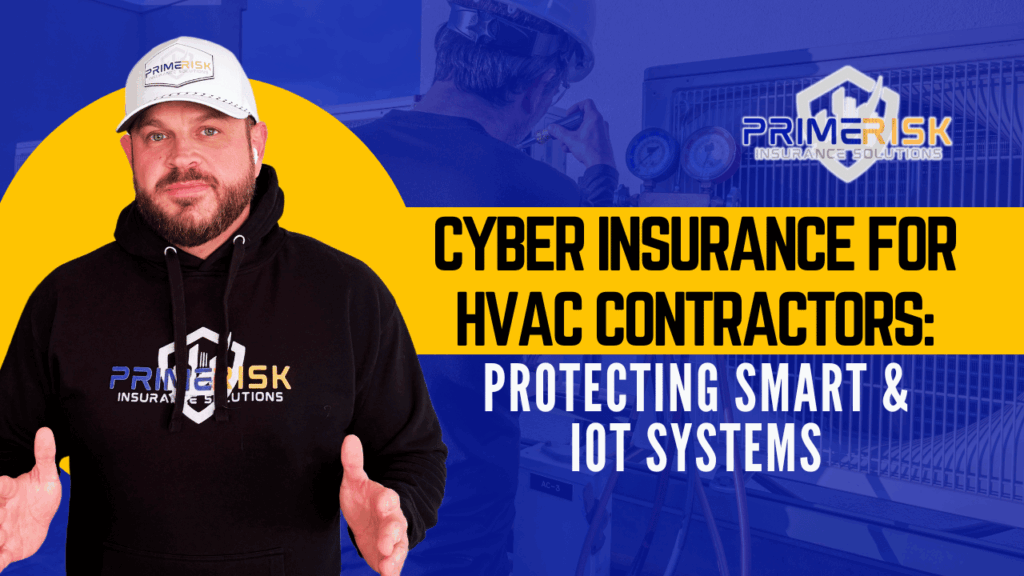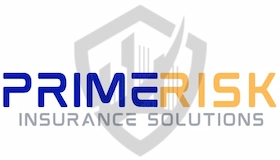
Quick look
- Why read this? Smart HVAC controls are now a favorite target for cyber-criminals. One slip can cost six figures—or a customer’s trust.
- Who’s it for? Owners, estimators, service managers, and any contractor now installing connected controls.
- What you’ll learn: The top vulnerabilities, the coverages that actually pay, realistic premium ranges, and a step-by-step action plan.
Introduction
Could a single hacked thermostat shut down your best customer’s building tomorrow?
And if it did, would your current insurance—or any insurance—really cover the fallout?
By the end of this article you’ll know exactly which cyber threats matter to HVAC contractors, what a good policy should cost and cover, and which security moves lower both risk and premiums.
Here’s what we’ll cover:
- The new attack surface created by smart controls and IoT sensors
- Real incidents (from the Target breach to Johnson Controls)
- Hidden liability traps in today’s maintenance contracts
- Must-have—and often-missing—cyber policy provisions
- Practical security and insurance checklists you can tackle this quarter
1. The Digital Transformation of HVAC
Problem. Mechanical systems that once spun in glorious isolation now ride the same networks as payroll and point-of-sale data. That connectivity sells, but it also invites ransomware, botnets, and data-privacy lawsuits.
Reality check. Industry research shows 38 % of smart-building owners have already suffered a cyber-incident—and HVAC endpoints are usually the first door kicked in.
Path forward. With focused security hygiene and the right cyber policy, contractors can keep innovating and sleep at night. Let’s unpack the risks first.
2. Why HVAC Systems Are Prime Cyber Targets
2.1 Expanding Attack Surface
- Smart thermostats, VFDs, and cloud dashboards mean dozens of new IP addresses per job.
- Mixed-vendor environments create uneven patch practices.
2.2 Top Threat Categories
| Threat | What It Looks Like in HVAC | Typical Financial Hit |
|---|---|---|
| Ransomware | BMS controller bricked until Bitcoin paid | $50 k – $5 M + downtime |
| DoS attacks | Flooded BACnet port crashes chiller plant | Lost service revenue & SLA penalties |
| Botnet recruitment | Infected RTUs launch attacks on others | Third-party liability claims |
| Data theft | Occupancy & tenant PII siphoned via thermostat | Privacy-reg fines + litigation |
2.3 Supply-Chain & Legacy Gaps
Old Modbus panels rarely speak encryption; new gear often ships with default passwords. Contractors that bridge the two inherit the combined risk.
3. Real-World Lessons
- Johnson Controls (2023)– Dark Angels ransomware cost ≈ $27 M and weeks of manufacturing downtime.
- Target Breach (2013)– Attackers entered through an HVAC vendor portal—40 M cards exposed.
- Smart-Building “Siegeware”– Hackers remotely cranked temperatures, disabled lighting, and demanded payment to restore control.
Take-away: Even small contractors become attractive stepping-stones when they hold VPN keys or cloud credentials.
4. Where Your Liability Actually Starts
- Signed service agreements now bundle in cybersecurity warranties you may not notice.
- Performance guarantees trigger breach-of-contract suits if ransomware disrupts comfort conditions.
- Data-privacy laws (GDPR, CCPA) bite when IoT logs reveal occupancy patterns or personal data.
- Integration with life-safety systems means cyber incidents can morph into bodily-injury claims—often excluded in a traditional CGL.
5. Decoding Cyber Insurance for HVAC Pros
5.1 Must-Have First-Party Coverages
- Data restoration for both office IT and OT/BAS files
- Business interruption tied to lost service calls or project delays
- Cyber-extortion (ransom payments + negotiator fees)
- Breach notification costs when tenant or patient data leaks
5.2 Critical Third-Party Coverages
- Privacy liability (tenant PII, payment data)
- Network-security liability when your firmware update bricks a client’s system
- Tech E&O for control-system design mistakes
- Regulatory defense & fines
5.3 IoT / Smart-Building Endorsements
Insist on language that explicitly names building-automation devices, BMS controllers, and field-installed IoT sensors as covered “computer systems.”
6. What This Coverage Really Costs
| Contractor Size | Typical Aggregate Limit | Annual Premium* |
|---|---|---|
| <$1 M revenue | $1 M | $1.2 – 2.4 k |
| $1 – 10 M | $2 – 5 M | $2.4 – 6 k |
| >$10 M | $5 – 10 M+ | $6 – 15 k+ |
*Assumes basic security controls and no prior cyber claims.
Premium Savers:
- Multi-factor authentication on every remote connection
- Documented patch & backup schedule
- Annual phishing-simulation training
Insurers routinely shave 5 – 25 % for proof of these basics.
7. Security Best-Practice Checklist
People
- Quarterly cyber-awareness refreshers for techs and dispatch
- Role-based access: installers don’t need full VPN rights
Process
- Change default passwords before leaving the jobsite
- Segment BAS and guest Wi-Fi from corporate network
- Test backups monthly; aim for four-hour restore of cloud dashboards
Technology
- Enable MFA on every BMS/cloud portal
- Use TLS-wrapped BACnet or overlay VPN tunnels
- Subscribe to vendor security bulletins for firmware alerts
8. How to Choose (and Use) a Policy
- Read the device definitions—if thermostats aren’t “computers,” keep shopping.
- Compare business-interruption sub-limits to your busiest month’s revenue.
- Ask the carrier who actually shows up at 2 a.m.—their in-house OT forensics team or a generic IT vendor?
- Review every renewal against your growing smart-controls portfolio.
Conclusion & Next Steps
Cyber threats to HVAC systems are real, growing, and expensive—yet manageable. Combine robust security hygiene (password changes, MFA, segmentation) with a cyber policy tailored to IoT/BAS exposures, and you’ll protect both your balance sheet and your customer relationships.
Ready to see what the right coverage looks like for your shop? Click “Get a Quote” below and compare options built for HVAC contractors.

